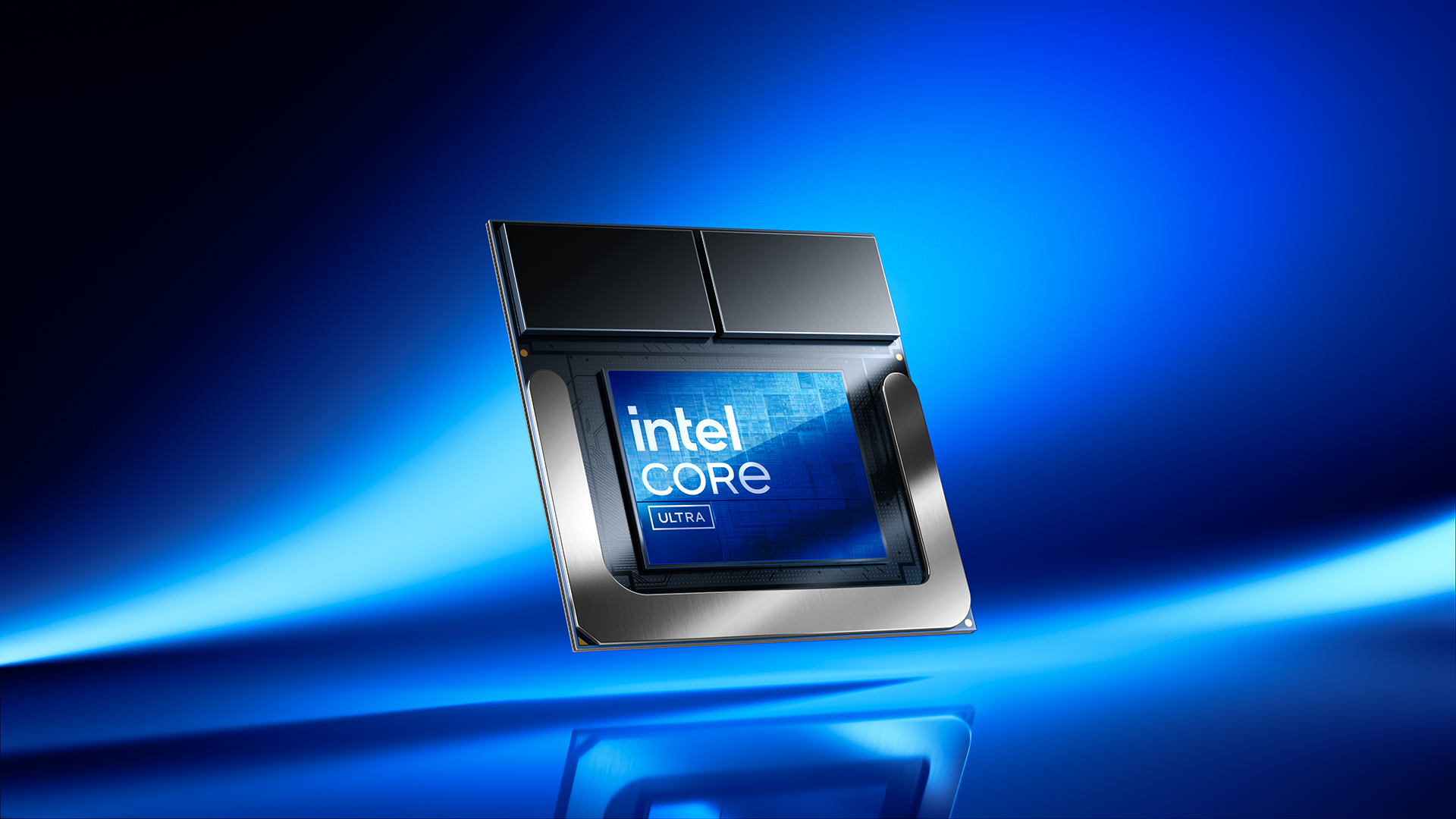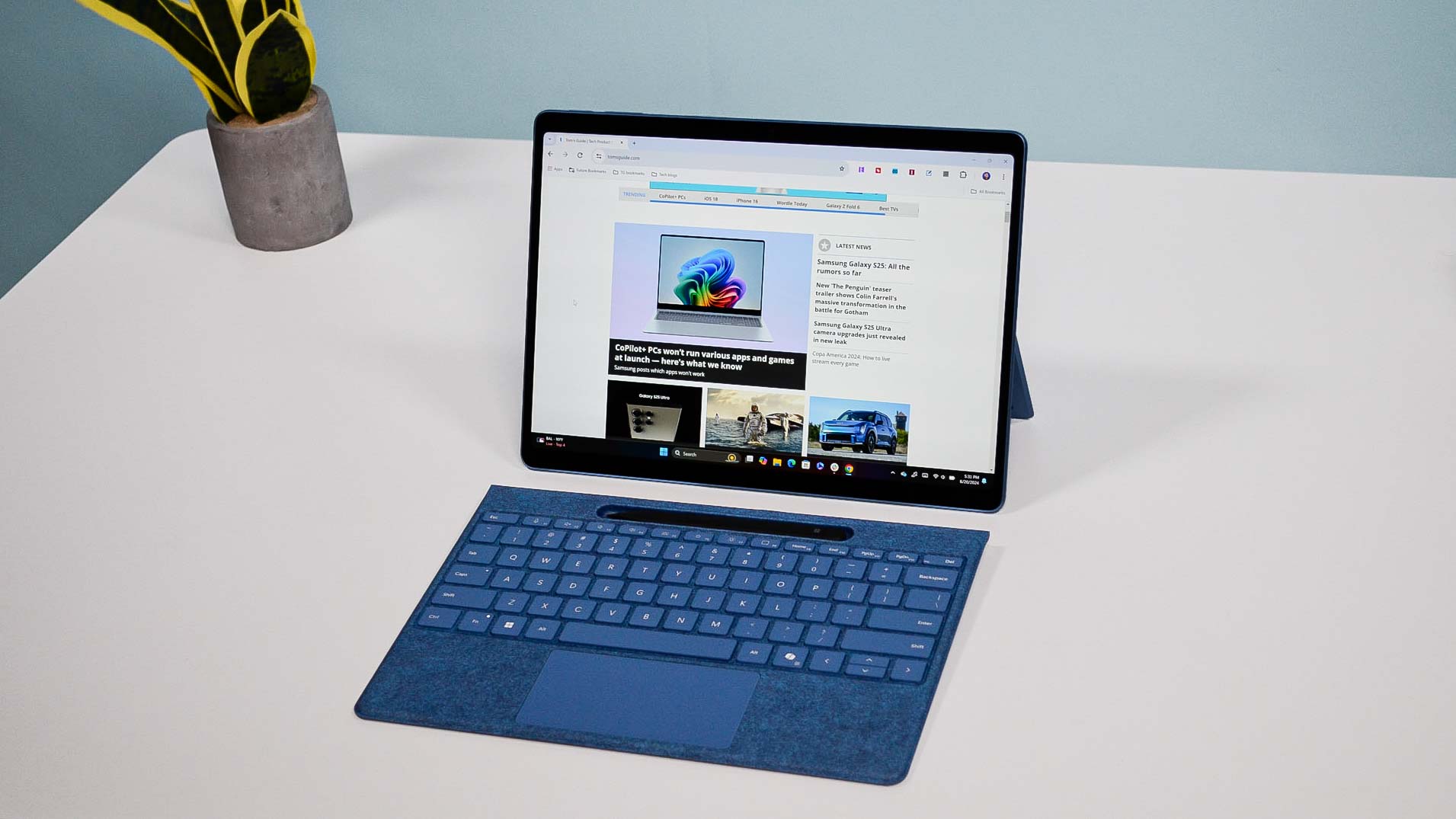
Following its grand debut at Computex, Intel Core Ultra Series 2 (codenamed Lunar Lake) is set to officially launch on September 3rd.
This is day one of IFA 2024 with a livestream on Intel’s website. Ahead of this, Intel is promising “breakthrough x86 power efficiency, exceptional core performance, massive leaps in graphics performance” and “unmatched AI computing power.”
Lofty claims indeed for this next crop of Copilot+ PCs, but can it cut the mustard? Snapdragon X Elite has driven an Arm revolution on Windows, so will x86 be able to keep up?
What we know so far

Intel’s Core Ultra Series 2 is set to be a (thankfully) dramatic update over the underwhelming Series 1, which focuses on maximizing AI performance, driving improvements in graphics and striving to upgrade battery life.
These come in the form of 3 key improvements in this big redesign of the silicon’s architecture:
- Power upgrades: From the move up to an Xe2 GPU that allows for integrated graphics capable of hardware-accelerated ray tracing to adding LPDDR5X RAM to the chip itself, we could be seeing double-digit gains in performance.
- A gigantic NPU: The Neural Processing Unit is now basically a given in any chipset — allowing the laptop to complete AI tasks as power efficiently as possible, rather than relying on the CPU cores that aren’t necessarily optimized to run them. Last year’s Core Ultra had an NPU capable of 11.5 Trillion Operations Per Second (TOPs), which is basically nothing. Now we’re looking at up to 48 TOPs, which clears that hurdle for Microsoft to consider it a Copilot+ PC.
- Going “micro” on the battery efficiency: We’re seeing Intel moving over to a new Lion Cove architecture for its performance cores, and Skymont for efficiency cores. These are bringing lofty promises, such as 35% improved battery life when in video calls.
Can it stand up to Arm?

That’s the ultimate question here. We’ve already tested the first of the x86 Copilot+ PC laptops in the Asus Zenbook S16, and I’m currently testing the ProArt P16. And while there are certainly improvements over what we expect in the x86 space, they’re not coming close to getting that great balance between performance and power efficiency that the Arm likes of HP Omnibook X has achieved.
Intel’s striking a better balance between performance (P) and efficiency (E) cores this time round, and with a drastically expanded NPU from the 11.5 TOPs of Intel Core Ultra to over 45 means power efficiency of running the various small AI-based tasks that run at the heart of Windows should theoretically improve.
But no matter the improvements, it seems as if the older, less power-efficient x86 way of a CPU working is hard to workaround. Time will tell, though.
Don’t expect an immediate lunar landing
Chip launches work a little differently to other categories. Just because someone announces a launch doesn’t mean we are getting them immediately in the laptop space. For example, AMD Ryzen AI 300 series technically launched at Computex, but it’s taken until the end of July for us to get them in laptops.
So given the usual speed of Intel’s turnaround in the past (launch in October/November, laptops arrive just after CES), I anticipate that we may start to see Intel-based Copilot+ PCs at the end of the year. But stay tuned to Tom’s Guide for the latest!







